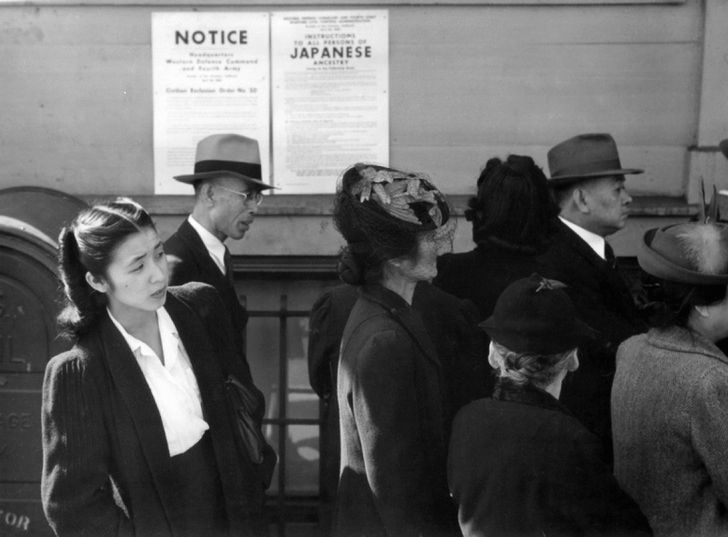Reverse Mortgage is a type of loan that allows individuals to access their home's equity for a set period of time. This could be useful for those who are retired, have low income, or have other financial considerations that make it difficult to obtain traditional bank loans. In this article, we will explain the basics of RML and how to apply for one!
Reverse Mortgage: What it is and what it does
You may be wondering what a reverse mortgage loan is and whether it’s right for you. A reverse mortgage is a loan that allows homeowners age 62 or older to borrow money against their home equity to cover living expenses. You still own your home, but the loan allows you to draw down your equity over a period of time, often pay off your loan early, and keep the house.
There are a few things to keep in mind before applying for a reverse mortgage:
-The interest rate on a reverse mortgage can be high, so it's important to compare rates and terms before you decide.
-Reverse mortgage applications require substantial documentation, including recent pay stubs, bank statements, and tax returns.
-Reverse mortgages are not available in all states. If you're considering one, be sure to check with your lender or the state government about availability and applicability.
How to Apply for a RML
If you're considering a reverse mortgage, there are a few things you need to know. Reverse mortgages work like a traditional loan, but the lender lends you money instead of you borrowing from them. You can use the money to pay off your property, or use it for other purposes.
To apply for a reverse mortgage, you first need to find a lender who will offer you a loan. There are a few different lenders out there, and each one has their own requirements. Once you've found a lender, it's time to start the application process.
There are a few different steps in the application process, but they all involve gathering some information from you. The lender will want to know your current income, your debts, and how much equity you have in your home. They'll also want to see if you've ever had any other loans or credit cards. Once the lender has all of this information, they can begin to figure out how much they'll lend you.
Once the lender has approved your loan, they'll send you an application form. This form will ask you a lot of questions about your finances and your home. Make sure that you answer all of them correctly, because mistakes will create problems in future.
The Different Types of Reverse Mortgages
There are three different types of reverse mortgages: Balance Transfer, Interest-Only, and Principal Reduction. Balance Transfer: This type of reverse mortgage allows you to continue using your home as usual while the loan is being repaid. The only difference is that you will be responsible for paying off the loan with interest, just like any other mortgage. Interest-Only: This type of reverse mortgage loan allows you to borrow money against your home’s equity without having to pay interest on the loan.
The only downside is that the loan will not be repaid until you sell your home or refinance it – which could take years. Principal Reduction: This type of reverse mortgage allows you to reduce the amount of money you owe on your home by borrowing against the principle – or total amount – of your loan. This can be helpful if you need to use your home as collateral for a new loan.
What to Expect when Applied for a Reverse Mortgage
With a reverse mortgage, you continue to live in your home and make your regular payments, but the lender loans the money against the value of your home. When you retire, you can cash out the loan and keep the house.
To qualify for a reverse mortgage, you must be at least 62 years old and have a good credit history. You must also be able to afford your monthly payment and have at least 20% equity in your home. To apply for a reverse mortgage, call your lender or go online.
Conclusion
A reverse mortgage is a loan that can be used as a way to pay off debt or expenses, and it can also provide a source of retirement income. You should remember about car insurance and mortgage as well.
To apply for a reverse mortgage, you will need to have your current mortgage lender complete an application form and submit it to your state’s housing finance agency. Once the application is approved, you will receive information about how to repay your loan.
















